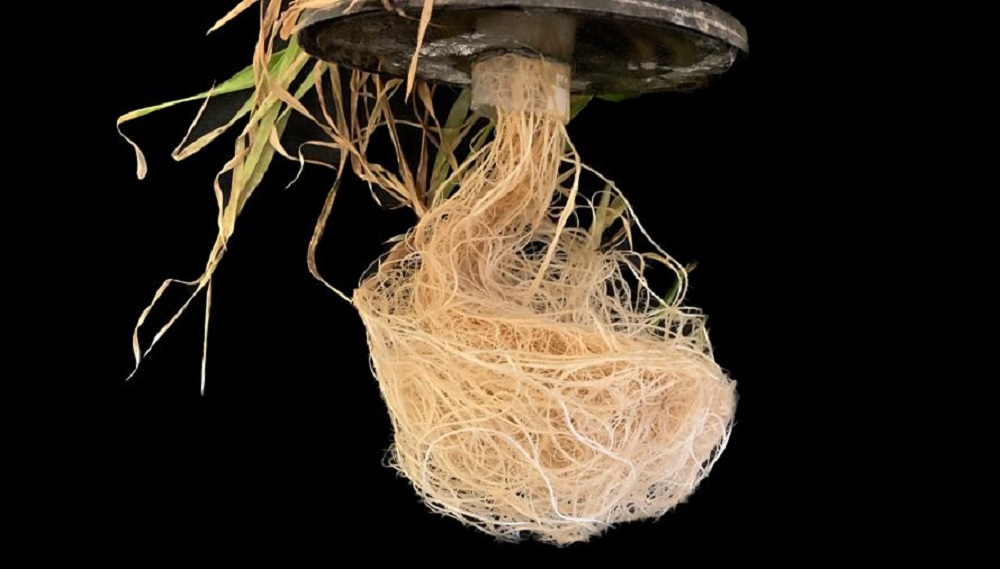- Home
- Knowledge library
- Mid-season prediction of grain protein content to guide nitrogen management in milling wheat
Mid-season prediction of grain protein content to guide nitrogen management in milling wheat
Summary
It is standard practice for UK milling wheat farmers to add extra nitrogen (N) fertiliser late in the growing season to enhance grain protein content, without knowing whether this is necessary or not.
Grain protein synthesis depends on soil nitrogen supply and remobilisation of nitrogen from the leaves during the grain filling period, but also on other factors, such as sunlight, temperature and moisture.
In this project, a recently developed protein prediction indicator was tested to see how effective it was in predicting grain protein content and the best time for sampling.
This new indicator is based on signals in the roots that regulate nitrogen uptake into the plant and gives an accurate assessment of the nitrogen status of the crop at the time of sampling.
During 2019–2021, 10 field experiments were carried out on bread-making varieties of wheat to test the effect of differing amounts of extra nitrogen, applied at either GS 31 (early stem extension), GS 37 (late stem extension) or GS 70 (start of grain filling) compared to the normal rate of nitrogen applied for yield.
Roots were sampled three times during the growing season and analysed for regulatory signals involved in nitrogen uptake.
From the results of the root extractions, a protein prediction was made and compared to actual grain protein content at harvest.
The sampling time was critical for the success of the prediction.
The later the crops were sampled in the season, the more accurate the prediction of grain protein content.
Sampling at early stem extension was not effective, as it was too soon after the main nitrogen fertiliser application, which resulted in an overestimation of the protein prediction.
Sampling during a drought period resulted in an underestimation of the protein prediction because nitrogen uptake was limited due to lack of moisture.
It was, therefore, advised to sample late May/early June if a solid fertiliser was used for the late nitrogen application or from the 1st of June if foliar nitrogen was applied.
When the protein prediction was <13%, applying late nitrogen significantly improved the chances of achieving milling specification, by 4-12 times (depending on when the crop was sampled).
When the protein prediction was ≥13%, 80% of samples gained a financial benefit by not wasting fertiliser when it was not needed. The largest financial benefit was gained when samples identified by the protein prediction test achieved milling specification without applying extra nitrogen. This compared to only 50% of samples gaining a financial benefit when late nitrogen was applied regardless of the outcome of the test, with 50% wasting money on fertiliser that was not required.
Overall, the protein prediction test was shown to be an effective tool to aid farmers in their decision processes on whether to apply late nitrogen.
Reducing fertiliser use has positive effects on the environment by reducing nitrate leaching, nitrous oxide emissions from denitrification and carbon dioxide emissions from the manufacturing process.
The protein prediction test can play an important role in this.
Downloads
PR644 final project reportRelated research projects
Related resources


